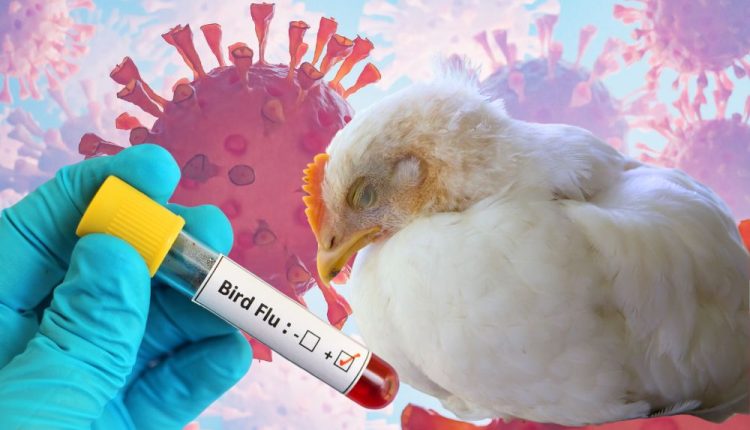BREAKING: Virologists Warn Of H5N1 Bird Flu Pandemic

Over 40 of the world’s leading virologists have raised alarm over the increasing risk of a global H5N1 bird flu pandemic.
The virologists said the deadly virus is evolving and advancing to human-to-human transmission.
In a report published in the Lancet Regional Health—Americas, the Global Virus Network (GVN) on
Thursday, they said urgent steps were needed to avert another global health catastrophe.
They described H5N1 as a strain of avian influenza, which has historically infected birds and, over the past two years, begun infecting mammals such as pigs and cattle.
They said that the development could be a precursor to human transmission.
While only a handful of human infections have occurred so far, the report said that the virus had a staggering mortality rate, killing one in every two people infected.
Experts have also warned that the risk of a global outbreak can not be ignored.
“We are at a critical point. The virus is adapting to mammals. If it gains the ability to transmit efficiently between humans, we could face a pandemic far deadlier than COVID-19,” the scientists wrote.
The report said that global health systems were ill-prepared, despite promises made after the COVID-19 pandemic to strengthen defences.
The virologists cited glaring gaps in disease surveillance at the animal-human interface, unclear mitigation pathways, and weak pandemic preparedness as major red flags.
According to Christian Bréchot, president of the Global Virus Network, global leaders promised after COVID-19 that the world would be better equipped, but that readiness is not yet in place.
Mr Bréchot said that influenza viruses were known for their ability to jump between species.
“Scientists fear that if a person becomes infected simultaneously with both H5N1 and seasonal flu, especially during intense flu seasons, the viruses could combine, creating a highly contagious strain, and deadly in humans,” he said.
The GVN outlined a ten-point action plan urging governments to accelerate genomic data sharing to track mutations and avoid repeating mistakes.
It urged governments to boost vaccine development, including stockpiles and rapid deployment systems.
“They should strengthen farm biosecurity measures to reduce animal-to-human spread, create detailed pandemic preparedness plans, including testing and vaccine rollout frameworks and invest in rapid clinical trials for emerging strains.
“The governments should also improve local surveillance systems to ensure faster responses and enhance communication across national and global public health networks.”
The plan also called for greater international collaboration, warning that isolated efforts are insufficient to contain what could become a worldwide threat.
“While the current outbreak in North American dairy cows has been described as ‘mild,’ scientists stressed that the human mortality rate from H5N1 historically sits around 50 per cent.
“The virus’s behaviour in animals can not be used to predict its impact on humans.
“If we underreact now, we may pay a terrible price later,” Mr Bréchot said.
The GVN concluded that while the world cannot predict if or when H5N1 would become a pandemic, the evidence so far is enough to justify immediate, coordinated, global action.
“The clock is ticking. Complacency now could cost millions of lives later,” the scientists warned.
Meanwhile, some Nigerian experts told the News Agency of Nigeria (NAN) that the warning is significant for countries with fragile health systems.
With Nigeria still grappling with periodic Lassa fever and cholera outbreaks, a new pandemic could stretch the already burdened system to breaking point.
Ifeanyi Okeke, a virologist in Abuja, said that Nigeria must urgently strengthen surveillance at animal-human interfaces, especially in live bird markets, pig farms, and abattoirs.
“We can not afford to be caught off guard,” Mr Okeke said.
He urged the federal government to work with international partners to ensure the country is included in vaccine stockpiling and genomic monitoring efforts.
